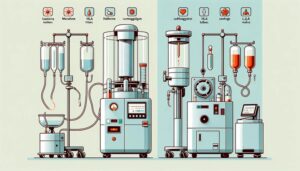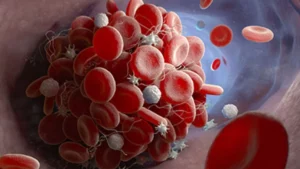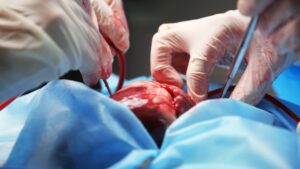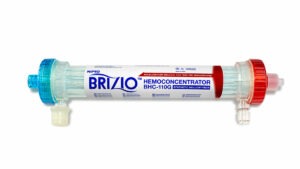
Percutaneous Debulking of Tricuspid Valve Infective Endocarditis Vegetations Using a Large Bore Manual Aspiration Device – AlphaVac
While most infectious endocarditis cases are managed medically, non-responsive patients or those with complications like septic emboli may need mechanical interventions such as AngioVac, which has limitations like the need for a perfusionist and large-bore accesses. The AlphaVac system, omitting the motor element, offers a simpler alternative for manual percutaneous aspiration of tricuspid valve vegetations, as demonstrated in two reported cases.

